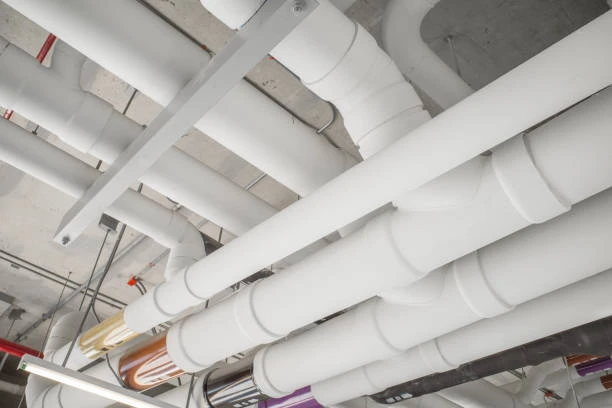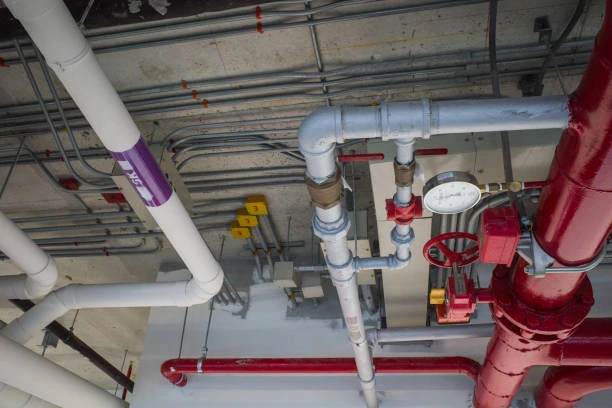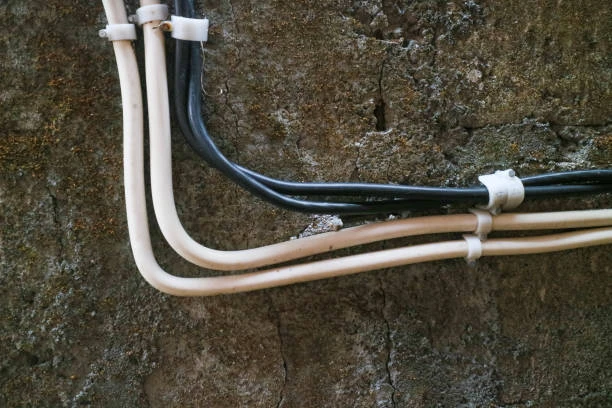Introduction: The Role of Copper Ball Valves in Heat-Intensive Systems
As industries continue to push the limits of temperature and pressure in modern systems, the demand for reliable, heat-resistant components becomes more crucial. One such component is the copper ball valve, which plays a significant role in regulating flow across a wide range of applications. Especially when paired with a pressure safety valve, copper valves help manage and control high-temperature environments safely and efficiently.
This article explores how copper ball valves perform under high heat, their construction features, applications, and how they compare with plastic valves. We’ll also answer common questions, offer a detailed buyer’s guide, and share installation tips to ensure long-term reliability.
Frequently Asked Questions (FAQ)
1. Can copper ball valves withstand high temperatures?
Yes, copper ball valves—particularly those made from brass or bronze—can handle temperatures of up to 200°C or more, depending on the seal material and design.
2. What is the role of a pressure safety valve with copper valves?
A pressure safety valve prevents overpressure in systems, protecting equipment and personnel. Copper ball valves work alongside these devices to isolate, redirect or shut off flow when needed.
3. Are copper valves suitable for both gas and liquid systems?
Absolutely. Copper ball valves are versatile and can handle various fluids, including hot water, steam, compressed air, and inert gases.
4. What kind of seals should be used for high-temperature copper ball valves?
PTFE (Teflon), graphite, or metal-seated seals are best suited for high-temperature applications due to their thermal stability.
5. Do high temperatures affect valve life?
Yes, continuous exposure to extreme heat may reduce the lifespan of seals and moving parts. However, high-quality copper valves are designed to perform reliably under such conditions with proper maintenance.
What Are Copper Ball Valves? Definition and Key Features
Copper ball valves are flow control devices that use a rotating ball with a central bore to open or close fluid passage through a system. By turning a lever 90 degrees, the valve transitions between open and closed states. The housing is typically made from copper alloys, such as brass or bronze, which offer excellent thermal conductivity and corrosion resistance.
Key Features:
Material Composition: Brass and bronze valves resist heat and corrosion effectively.
Operation: Simple manual lever control ensures quick shut-off or flow direction changes.
Sealing Mechanism: PTFE or graphite seals support temperature resistance and leak prevention.
Thermal Tolerance: Typically rated up to 150–200°C; specialised models exceed these limits.
Compact Size: Suitable for tight spaces and precise applications.
These attributes make copper ball valves ideal for systems where both temperature and pressure must be carefully managed.
Common Uses and Industry Applications
Copper ball valves are used across industries where thermal reliability and flow control are essential. Their ability to handle high temperatures makes them suitable for various high-demand sectors.
Industry Applications:
HVAC Systems: Manage hot and cold fluid circulation.
Boilers and Steam Lines: Used to isolate or redirect steam safely.
Industrial Ovens and Furnaces: Control flow of heating gases or fluids.
Chemical Processing Plants: Handle hot, corrosive fluids.
Solar Water Heating Systems: Regulate flow of high-temperature water or glycol mixtures.
Power Generation: Manage thermal fluids in turbines and heat exchangers.
In many of these systems, copper ball valves work alongside pressure safety valves to maintain operational safety and prevent overpressure events.
Buyer’s Guide: Choosing a Copper Ball Valve for High-Temperature Applications
To ensure optimal performance and safety, consider the following aspects when selecting a copper ball valve:
1. Material and Finish
Look for high-quality brass or bronze construction. Nickel or chrome plating may enhance corrosion resistance in demanding conditions.
2. Seal Type
Choose valves with PTFE, graphite, or metal seats. These materials remain stable at elevated temperatures and resist wear over time.
3. Temperature and Pressure Ratings
Check both maximum operating temperature and pressure. Ensure the valve works effectively with any associated pressure safety valve in the system.
4. Port Type
Full-port valves offer unrestricted flow and minimise pressure loss. Reduced-port valves are more compact but may slightly limit flow.
5. Handle and Accessibility
Ensure the valve handle is heat-insulated or located away from direct heat to prevent operator burns.
6. Certifications
Look for products certified to standards such as ISO 9001, EN 331, or ASTM B62, which validate performance under high-stress conditions.
A careful evaluation based on these factors ensures safety and durability in your system.
Installation Guidelines for Heat-Resistant Copper Ball Valves
Proper installation is essential for maintaining valve integrity, especially in systems involving elevated temperatures.
1. Inspect Components Before Installation
Ensure all parts are free of cracks, dirt or defects. Inspect the seals and threads carefully.
2. Use Compatible Sealants
Avoid organic sealants that degrade under heat. Use high-temperature rated PTFE tape or paste for threaded joints.
3. Position Valves Thoughtfully
Install valves in areas with airflow or thermal shielding to minimise heat exposure on the handle and body.
4. Allow for Thermal Expansion
Ensure piping systems accommodate expansion and contraction due to temperature changes to prevent mechanical strain on the valve.
5. Test the System
After installation, pressurise and heat the system gradually while monitoring for leaks or operational stiffness.
These best practices extend the service life of the valve and improve overall system safety.
Comparison: Copper Water Valve vs Plastic Valve
| Feature | Copper Water Valve | Plastic Valve |
|---|---|---|
| Heat Resistance | High – up to 200°C or more | Low – typically below 60–90°C |
| Pressure Handling | Excellent – supports high-pressure systems | Moderate – not ideal for high-pressure use |
| Durability | Very durable – long operational life | Less durable – can become brittle over time |
| Corrosion Resistance | Good – especially with bronze or plating | Excellent in non-UV and non-chemical zones |
| Weight | Heavier – solid metal construction | Lightweight and easy to install |
| Cost | Medium to high | Low to medium |
| Temperature Tolerance | Suitable for extreme environments | Limited to low or moderate temperature only |
| Common Applications | Boilers, HVAC, chemical plants | Residential plumbing, irrigation |
From the comparison, it is clear that copper valves are better suited for high-temperature or high-pressure systems where performance and safety are priorities.
Conclusion: Copper Valves Ensure Safety in High-Heat Conditions
When it comes to high-temperature applications, copper ball valves deliver unmatched durability, reliability, and safety. They stand up to the demands of heat-intensive environments across a wide range of industries. When combined with pressure safety valves, they form a robust safety mechanism that helps manage flow and protect equipment from failure.
Choosing the right valve means more than just material—it means considering seals, certifications, operating ratings and long-term performance. With the proper installation and care, copper ball valves remain one of the best choices for high-temperature flow control.
Connect
IFAN is a trusted Chinese manufacturer with 30 years of experience in producing high-quality plastic pipes, copper fittings, and industrial valves. Whether you’re looking for durable copper ball valves or compatible pressure safety valves, IFAN has the products and expertise to support your project.
We offer a wide selection of affordable and cost-effective products to meet your specific requirements in heating, water supply, industrial, and residential systems.
- For more information,pls visit our webside https://waterpipefitting.com/
Pls Mailto: [email protected]
Whatsapp: +86 15088288323
Feel free to contact us by email or fax—we reply within 24 hours. You can also call us at any time for questions about our production or specifications.
IFAN Product International Standards
All IFAN products meet strict international and industry standards, including:
ISO 15874, EN 15874, ASTM F2389, DIN 8077/8078, GB/T 18742, NBR 15884, ISO 15494, ASTM D1785 SCH40/80, ASTM F441/F441M, EN ISO 1452, AS/NZS 1477, CSA B137.6, JIS K6741, and more.
These certifications ensure that every product—whether a copper ball valve, pressure safety valve, or fitting—is built to perform under global quality standards.














Recent Comments